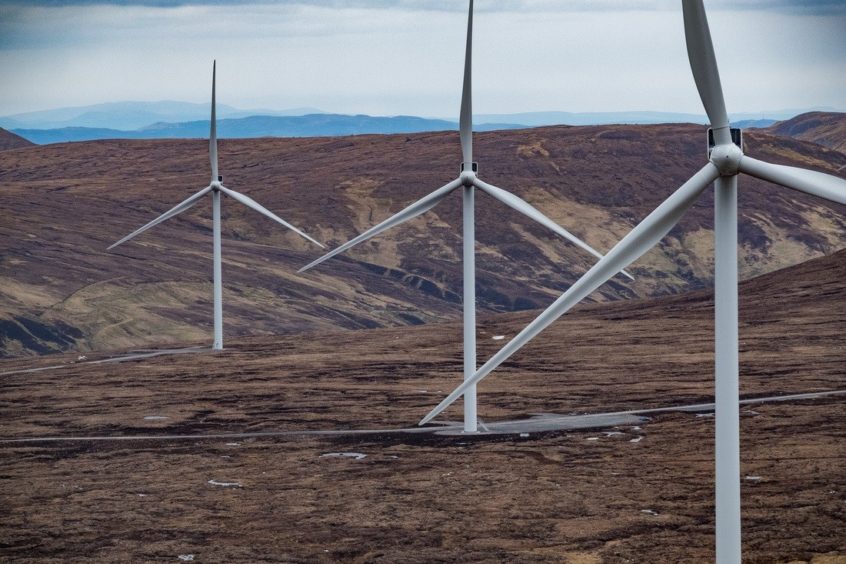
A number of Highland clean energy projects could potentially rake in hundreds of millions of pounds for the Great Glen area, a new report has claimed.
The study, commissioned by energy developer SSE Renewables, suggests the region should expect to see around £360 million in financial contributions as a result of its Stronelairg, Bhlaraidh and Dunmaglass wind farms and Glendoe hydro station.
Wider Scotland will gain an additional £1.2 billion in economic value, according to the report.
Biggar Economics, who conducted the analysis, claim the added financial benefit will be driven by expenditure across industries such as civil and electrical engineering, environmental and technical evaluation and monitoring, plant hire, fencing, hospitality services, and the creation of a new quarry and concrete plant.
The lion’s share of the economic contribution is expected during the 25-year operational phase of the projects.
Local community funds connected to the Highland wind farms and hydro scheme, which has already seen investment of £2.7m over three-years, could bring in a total of £57.2m of investment to the Great Glen and wider Highland communities during operation.
Jim Smith, managing director of SSE Renewables, said: “Renewable energy isn’t just about generating low carbon energy, it’s about helping to revitalise and regenerate rural communities.
“We have always spoken of the benefits our projects bring during construction, but this report has shown the benefits of our renewable projects go well beyond this, bringing investment and supporting jobs throughout their lifetime.
“It’s fantastic to think that, through these sites, we have been able to support a medical centre, a care housing project, community caretakers, road improvements, eagle conservation plans and one of the most exciting walking trails in Scotland, to name a few.”
However, Highland anti-wind farm campaigner, Lyndsey Ward, called for a full investigation of the figures for the cost of onshore wind farms.
She said: “Let’s have a true analysis of the figures on the mouth-watering sums being bandied about by the offshore wind industry.
“And that means costing what the consumer is forking out for the next 25 years to facilitate these unreliable and volatile land hungry weather dependent forms of energy.”
SSE Renewables, also the developer and operator of the 84-turbine Beatrice Offshore Wind Farm in the Moray Firth, owns nearly 2 gigawatts (GW) of onshore wind capacity with over 1GW under development.
Recommended for you
